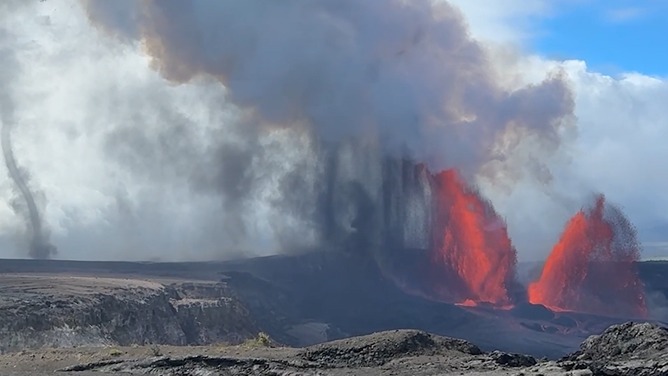•Located in Knossos the largest Bronze Age archaeological site on Crete and has been called Europe’s oldest city.
•Amazingly after being buried for many centuries the Palace of Knossos has kept its colors and interesting wall paintings.

•The palace was destroyed by a tsunami wave caused by the volcanic eruption of Santorini in about 1,500 BC.
•Construction of the palace appears to have begun around 1950 B.C by the Minoan civilization.
•It covers about 150,000 square feet (14,000 square meters), the size of more than two football fields.
•The palace of Knossos eventually became the ceremonial and political centre of the Minoan civilization and culture.
•It was discovered in the early 20th century by the British archaeologist Sir Arthur Evans.


